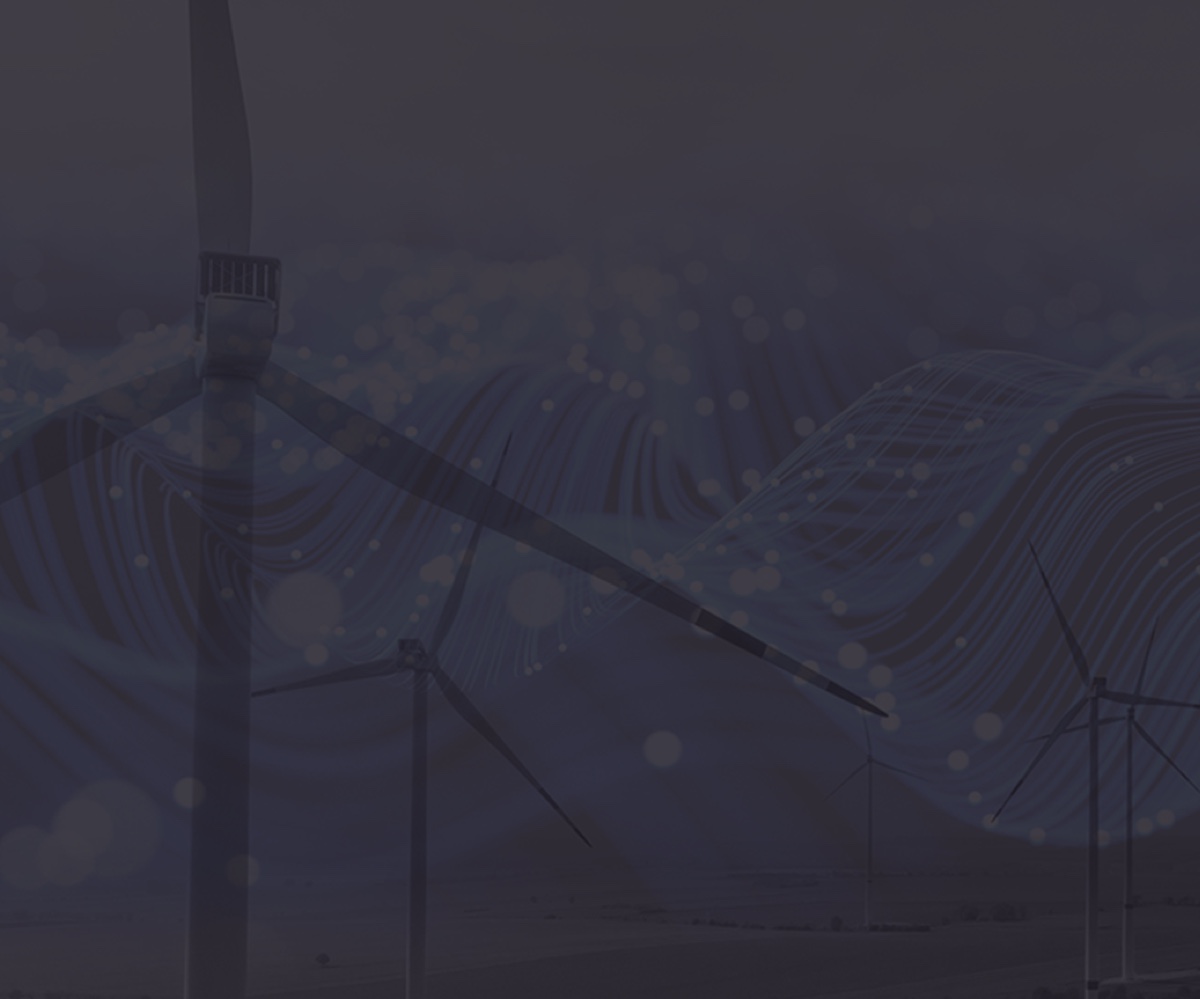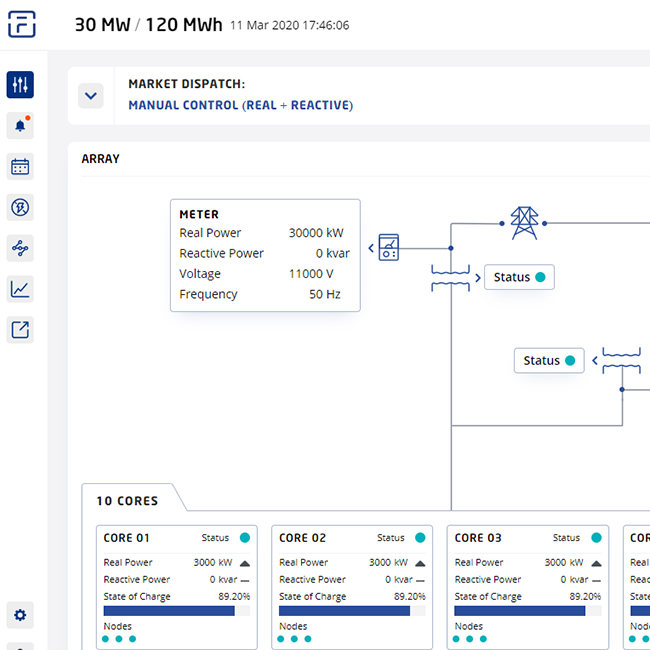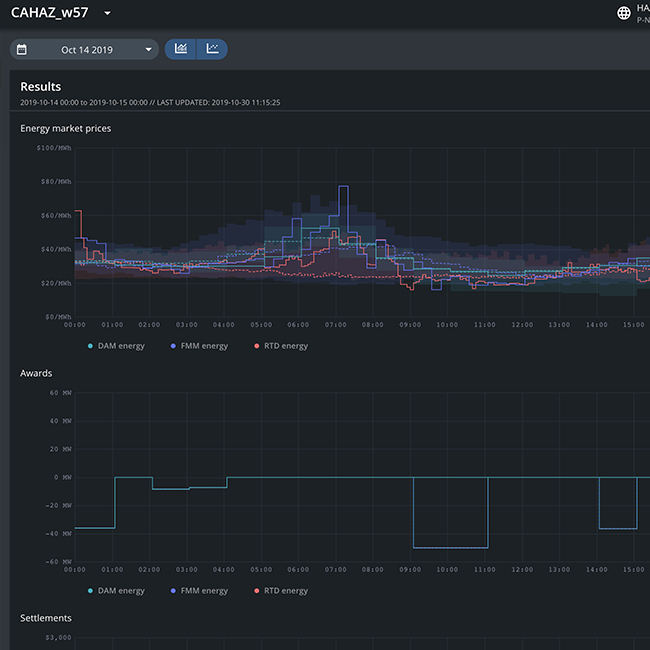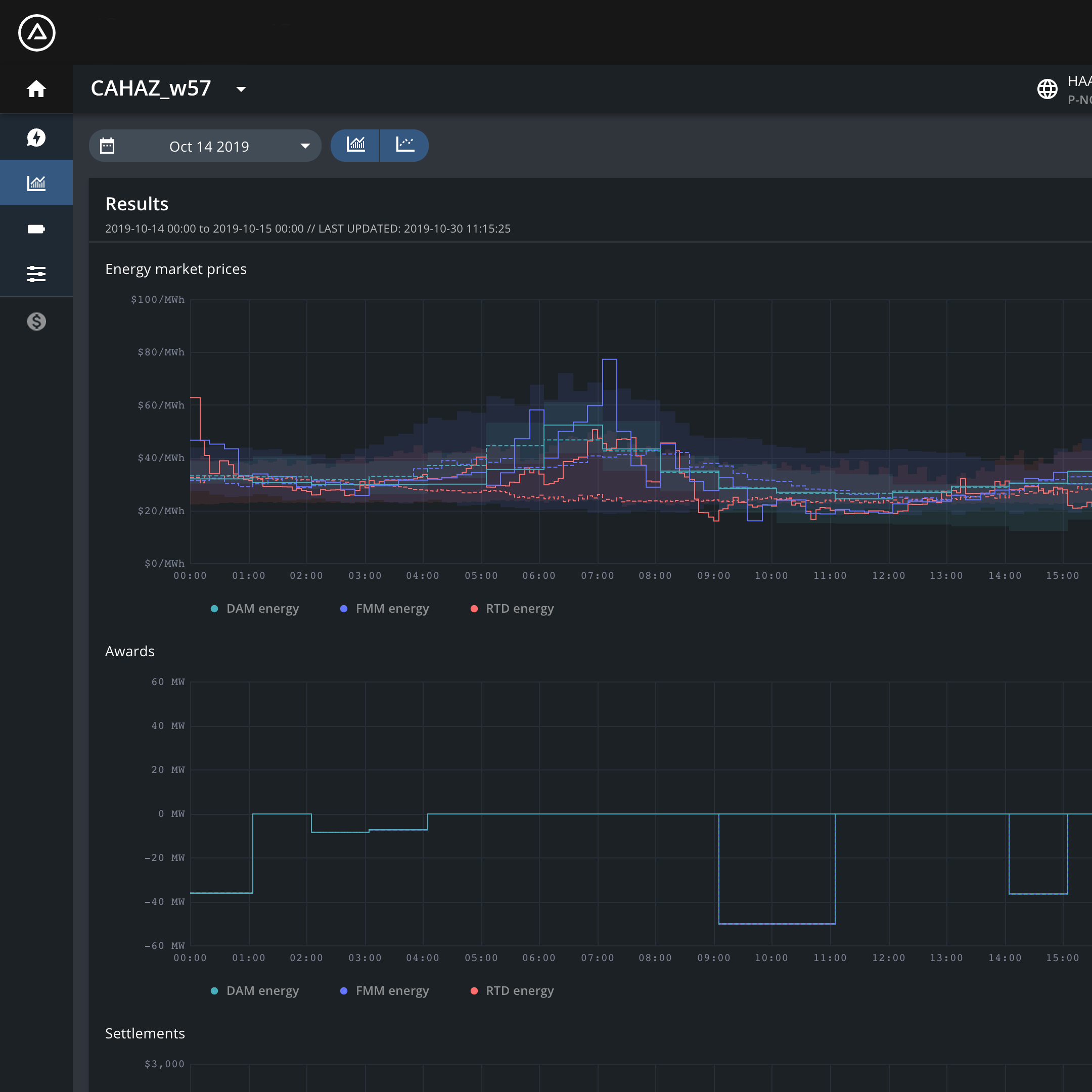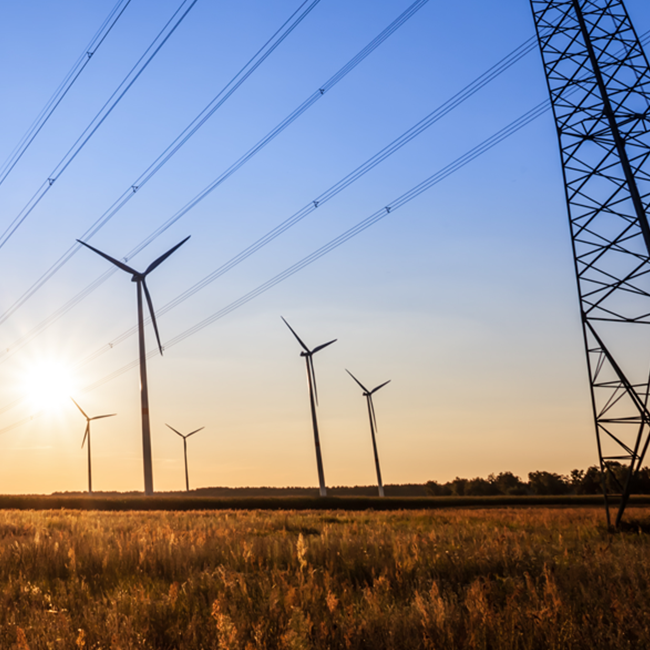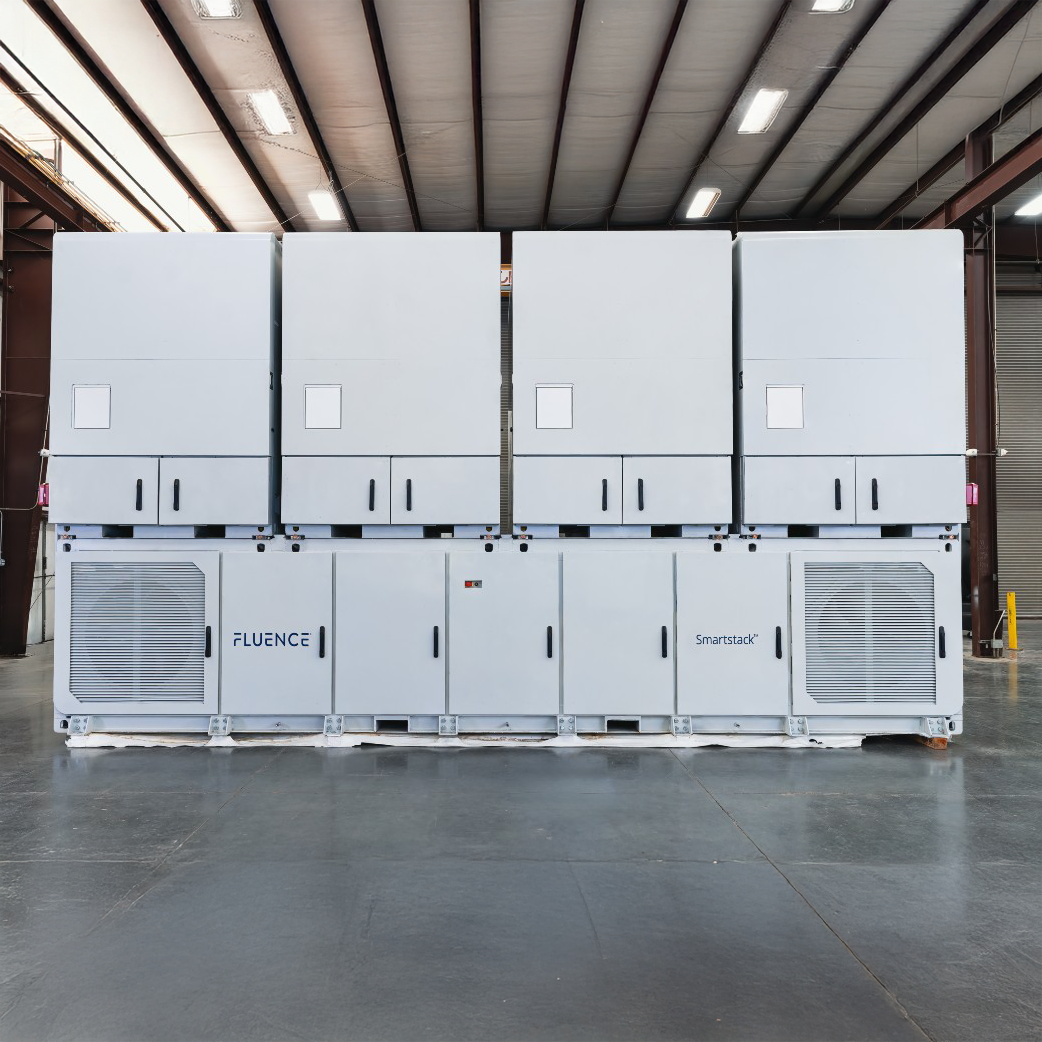At Fluence, responsible sourcing is a core pillar of our sustainability commitment and a defining element of how we operate. We understand that delivering safe, sustainable energy storage solutions begins far upstream—with the raw materials, components, and people behind them. Through our responsible sourcing efforts, we are creating long-term value not only for our customers and company, but also for the communities and environments we impact.
 Vasanthakumar Rangasamy, is the Manager of Responsible Sourcing Programs at Fluence, based in Bangalore, India. He leads ethical and sustainable sourcing initiatives in global supply chain operations. With over 10 years of experience, he is knowledgeable in ethical sourcing, sustainability, anti-slavery, conflict minerals, the ILO, OECD, UNGPs, and SDG goals. He has served as a lead auditor for international social standards and brand requirements, and he excels in supply chain due diligence, traceability, social impact, human rights advocacy, and supplier development. Vasanthakumar Rangasamy, is the Manager of Responsible Sourcing Programs at Fluence, based in Bangalore, India. He leads ethical and sustainable sourcing initiatives in global supply chain operations. With over 10 years of experience, he is knowledgeable in ethical sourcing, sustainability, anti-slavery, conflict minerals, the ILO, OECD, UNGPs, and SDG goals. He has served as a lead auditor for international social standards and brand requirements, and he excels in supply chain due diligence, traceability, social impact, human rights advocacy, and supplier development. |
With the release of our Fiscal Year 2024 Sustainability Report, we are proud to share how our responsible sourcing program has matured and expanded. From strengthening supplier social audits and introducing formal incentive structures for new suppliers, to deepening traceability and enhancing transparency across the supply chain, we are advancing a more ethical and accountable approach to sourcing.
So, what does responsible sourcing at Fluence look like in practice—and what drives our approach? To explore these questions, we spoke with Vasanthakumar Rangasamy, Manager of Responsible Sourcing Programs, who offered a deeper look into the purpose, progress, and future direction of our work.
What is Fluence's overall approach to responsible sourcing and why is it important?
Our responsible sourcing strategy is about proactively identifying risks and opportunities within the supply chain to drive meaningful environmental and social outcomes. It is not a peripheral effort—it is a business imperative that helps safeguard the integrity of our supply base while protecting the workers, communities, and ecosystems linked to it.
We view our suppliers as essential partners in achieving our sustainability goals. Our framework ensures that every supplier—whether direct, indirect, or logistical—is held to the same high standards we uphold internally. By embedding environmental, social, and governance (ESG) principles into procurement, we work to prevent harm, strengthen business continuity, and generate long-term value. This includes a zero-tolerance policy for human rights violations such as forced labor, and the integration of climate-related risk management.
Our program is grounded in executive leadership support and aligned with internationally recognized frameworks, including the International Labour Organization (ILO), the Organisation for Economic Co-operation and Development (OECD), the United Nations Global Compact (UNGC), and the Sustainable Development Goals (SDGs). Holding ourselves and our partners accountable to these standards strengthens trust with our customers and stakeholders—many of whom expect similar rigor in their own supply chains.

Existing Fluence Gridstack Production, Utah, USA
How does Fluence monitor compliance, and what tools or methodologies are used to assess supplier performance?
We have developed a comprehensive and scalable monitoring system—outlined in our Responsible Sourcing Framework—that combines self-assessments, third-party audits, internal reviews, and follow-up procedures to ensure alignment with our Supplier Code of Conduct and Responsible Sourcing Policy. Every supplier must agree to our Supplier Code of Conduct before onboarding. In rare instances where a supplier’s existing corporate policy prevents direct adoption, we evaluate their standards to ensure they are materially equivalent.
Once onboarded, suppliers complete a detailed self-assessment questionnaire that evaluates their environmental, social, and ethical practices. We use a six-tier rating system, ranging from “Excellent” to “Risk Identified,” to assess these responses. If a supplier is flagged—often due to shared facilities or other indirect risks—we require a third-party social audit prior to final approval. These assessments are integral to our pre-qualification process and influence procurement decisions. In fiscal year 2024 alone, 844 suppliers were onboarded through this screening process.
Ongoing compliance is maintained through regular evaluations and audit frameworks. We utilize globally recognized audit programs, including SA 8000, Responsible Business Alliance (RBA), Responsible Labour Initiative (RLI), Business Social Compliance Initiative (BSCI), and Sedex Member Ethical Trade Audit (SMETA). These audits are performed by APSCA-certified auditors and assessed using our proprietary Responsible Sourcing (RS) scorecard, which rates suppliers as Platinum, Gold, Silver, or Not Acceptable. Each rating is tied to a defined validity period and may qualify eligible suppliers for partial reimbursement through our incentive program.
This incentive model is designed to reward high-performing suppliers while encouraging continuous improvement. Based on audit outcomes, suppliers can receive reimbursements of up to $2,500 to offset third-party audit costs. This program has increased supplier engagement and significantly improved audit results, particularly among high-risk and newly onboarded suppliers.
To further strengthen compliance, we launched a random audit protocol in fiscal year 2024 and began implementing it in fiscal year 2025. Using ANSI/ASQ Z1.4 statistical sampling, these audits are conducted by APSCA-certified auditors under ISO 17021:2015 standards. Each includes a full review of labor conditions, health and safety, environmental performance, and responsible sourcing of conflict minerals. When issues are identified, we require corrective action plans and conduct follow-up audits to confirm resolution.
Responsible Sourcing Framework

With increasingly stringent global regulations, how is Fluence adapting its responsible sourcing program to stay ahead of the curve?
We take a proactive, forward-looking approach to compliance in a constantly shifting regulatory environment. Our Supplier Code of Conduct is reviewed and updated regularly to reflect evolving global standards and customer requirements. Every two years, we also conduct a comprehensive review of our Responsible Sourcing Framework to ensure it stays ahead of emerging policies and expectations.
In fiscal year 2024, we made strategic updates to expand our program’s scope and increase supplier engagement. One significant advancement was extending our responsible sourcing assessments to logistics providers—an often-overlooked segment in ESG oversight. We also expanded risk monitoring to include regional and project-based suppliers in markets where oversight has historically been limited. These efforts help us apply consistent standards and strengthen early risk detection throughout our supply chain.

To deepen supplier engagement, we hosted a dedicated supplier event in February 2024 that welcomed more than 60 companies, including many of our top partners. The event focused on responsible sourcing, ESG performance, supplier diversity, and sustainability. Feedback was overwhelmingly positive, with participants praising the content and delivery and requesting more interactive training opportunities. This dialogue is invaluable for evolving our program and ensuring our expectations are clearly understood and actionable.
Looking to the future, what are Fluence's aspirations and planned initiatives for further evolving its responsible sourcing practices?
Looking ahead, we are focused on improving transparency and circularity across our supply chain. A major initiative currently underway is the development of a supply chain mapping system to improve traceability from raw materials to finished products. This will enable better visibility into material origins and help confirm ethical labor practices throughout the value chain.
We are also advancing a circular economy strategy in collaboration with our suppliers. This includes reducing waste, promoting recycling, and extending product life cycles. Transitioning from a linear to a circular supply chain model is a key step toward lowering environmental impact while creating economic value for local communities.

In parallel, we are implementing energy-efficient practices across the supply chain, including the use of renewable energy, logistics optimization, and sustainable material selection to minimize our carbon footprint.
Any closing comments?
We know that responsible sourcing is a moving target—something we must continually build, refine, and improve over time. Whether it is updating policies, expanding audit coverage, or helping suppliers meet higher standards, our goal is to ensure that as Fluence grows, we do so with ethics, transparency, and accountability at the core.
We are proud of the progress we have made, but we also know that our work is far from finished.
For more information on Fluence’s responsible sourcing program and broader ESG initiatives, please explore our latest sustainability report.
The blog is subject to Fluence’s disclaimer’s regarding forward-looking statements.
